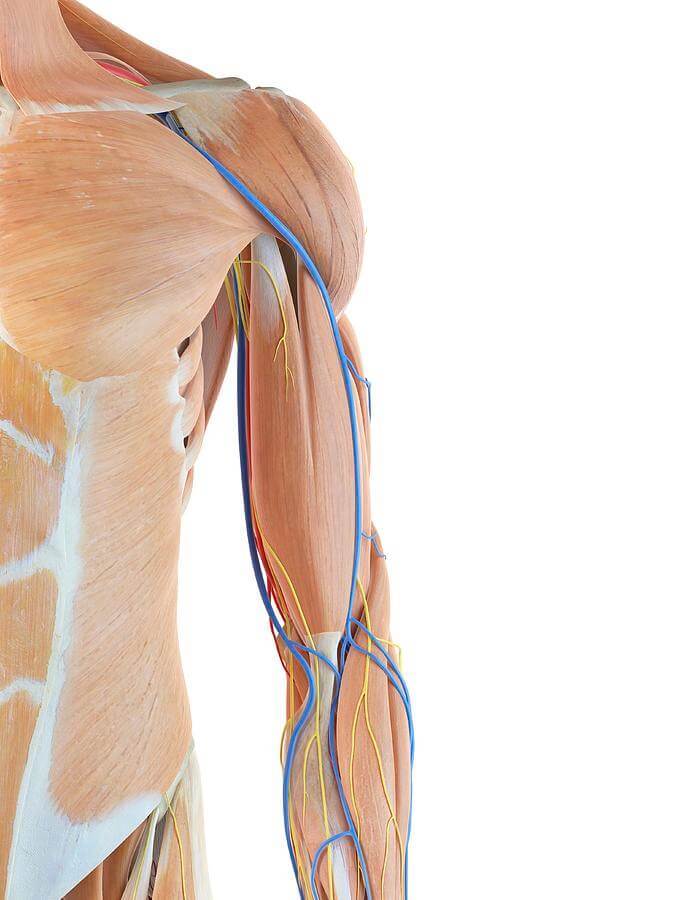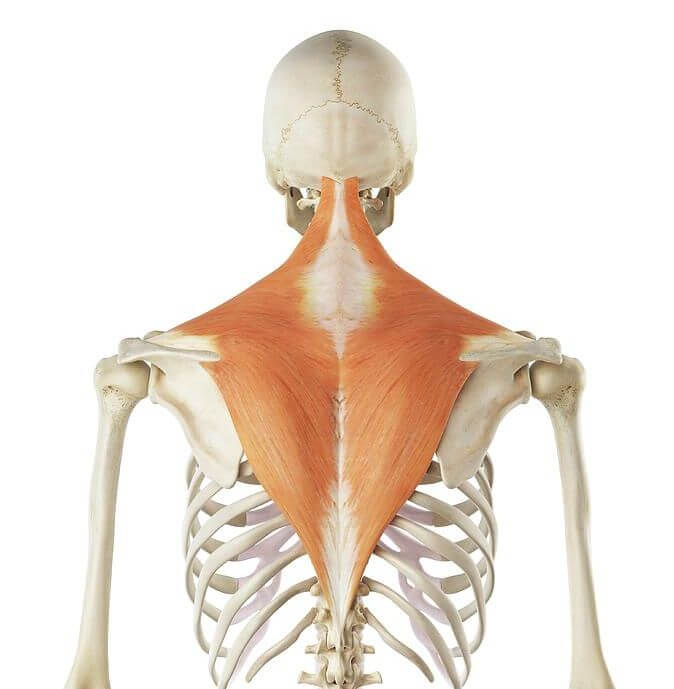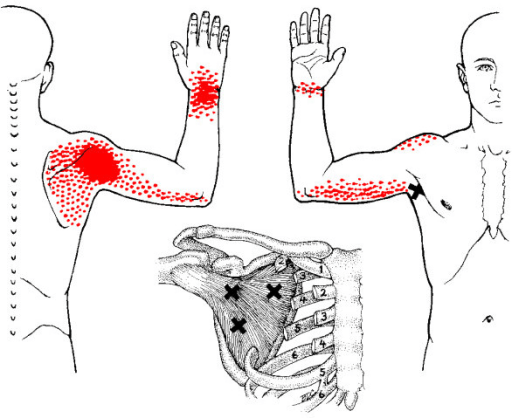become a better musician by keeping your muscles happy
what is the root of most musculoskeletal problems, and how does it cause decreased performance?
When someone goes to the doctor with, let’s say, a painful wrist, the chances of proper diagnosis are unfortunately very small. The doctor would probably say there must be some local dysfunction, and that (or rather the symptoms) should be treated locally. What a short-sighted view…
 It’s like saying, “You can’t move your shoulder? The joint capsule must be stuck, let’s cut it up!”
It’s like saying, “You can’t move your shoulder? The joint capsule must be stuck, let’s cut it up!”
Or “Tendonitis? Mask the inflammation with strong drugs, rest for a while, and you’ll be good to go!”
And there are times when no meaningful advice is given besides resting, because the cause of the symptoms is unknown.
(Of course, some good doctors know a lot about musculoskeletal issues, but sadly they are in the minority.)
This attitude is inexplicable to me, and of course to many other professionals in the field of movement rehabilitation.
It should be clear that since the musculoskeletal system is all about movement, when there is problem with it, one should examine how that body moves and functions. And with this, we quickly come to muscles and fascia (a type of connective tissue that surrounds everything), as they form the literal engine of movement.
There is a huge misconception surrounding muscles in general: that muscles are either strong and big or weak and small, and they have no other qualities. Needless to say, this is far from the truth.

The trapezius muscle can cause several problems, such as headaches, shoulder problems, back or neck pains.
The state, or condition of a muscle, is a much more important and fundamental quality than its size or strength (for most people, anyway).
What do I mean by that? I mean, how flexible, supple, relaxed is it? Can it work in conjunction with the other nearby muscles? Is it balanced with the others, or is it too strong, too weak, too tense? How much precision can you control that muscle with?
As I’m sure you noticed, the command center, or the nervous system (aka the brain) comes into play here. The brain controls every muscle, so its effect cannot be underestimated, but since a tensed up, clumpy muscle is unable to work properly, it is worthwhile to start with the physical state of the muscles.
And why is this whole topic important? Because…
Optimal muscle function enables us to perform the most mundane, as well as the most complex movements. If you want to be better at playing guitar, it’s critically important that your muscles are in good shape.
Of course, good shape does not mean being ripped or anything like that. It means they function well, can relax when they are not working, have adequate blood flow, and so on.
What can go wrong in muscles?

Trigger points in the subscapularis, and the area of referred (created) pain. Note that even the wrist can be affected.
It is common for muscles to develop different kinds of tiny knots. A special type of these knots is the trigger point, which regularly creates pain, and/or restricted movement or dysfunction, in the surrounding areas. For example, a trigger point in the subscapularis muscle (which is under the scapula on your back) usually causes problems locally, and/or in the shoulder, triceps, elbow or wrist.
Another common topic is muscle balance. Let’s say someone has poor posture (what constitutes good posture is a debatable topic nowadays, but it’s safe to say that poor posture limits performance, overloads certain joints and tissues, and looks terrible. And don’t get me started on the psychosomatic aspects of it!).
So, in a poor posture, like the hunchback, certain muscles are weakened and overstretched, while others are tensed and shortened. The bones, and so the shape of the body and of course its movement patterns, will follow this change. With different shape and movement comes different force transfer in joints, and that will usually cause symptoms after a while.
like the facebook page
With musicians, the muscles they need to play their instrument are frequently overloaded and strained, and there will often be some trigger points there as well. This can lead to serious problems, and in the best-case scenario, to decreased performance. In guitarists, the suspects are the so-called flexor muscles of the forearm, which are located in the inside of your forearm (palm side), as well as certain shoulder, neck and back muscles, due to the asymmetrical playing position. Of course, nothing is set in stone, and the affected muscles and body parts can change from person to person.
Happy muscles = happy body
If your muscles are in a good shape (meaning that they’re nice and supple, with adequate blood flow, and in balance with the others) it will lay the foundation for good health and high performance, whatever it is you want to do.
It’s possible (and not even that hard) to improve the condition of your muscles, and thus cure countless musculoskeletal problems and pains. Performance can also be improved, so that you can play guitar better, faster, easier. As an added bonus, your general health, resilience and sports performance will also increase.
Sounds good?
Ready for the Intro Class?
Sign up to enroll in the 8-part Intro Class for free!
No spam, only useful info. You can always use the unsubscribe link included in the emails.
